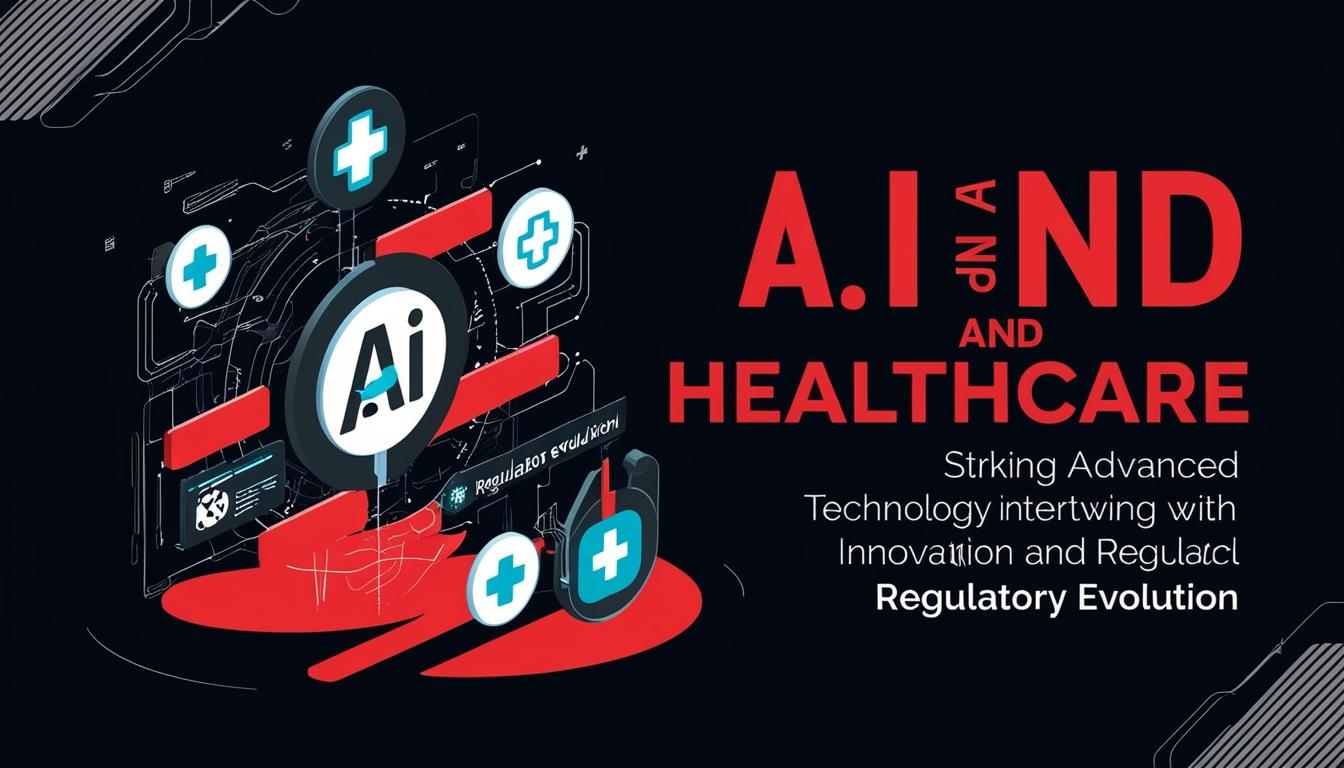In 2024, the integration of artificial intelligence (AI) within the healthcare sector stood out as a significant trend, influencing a myriad of stakeholders including healthcare providers, technology firms, developers, and regulatory bodies. The application of AI grew in clinical environments, with scribe software and clinical decision support systems becoming increasingly prevalent. Furthermore, electronic medical record (EMR) vendors began incorporating AI functionalities into their offerings, creating a more interconnected and efficient technological infrastructure.
The federal government took proactive steps in shaping the role of AI in healthcare, releasing updated guidelines and establishing dedicated task forces. These measures align with the implementation of directives outlined in the 2023 Executive Order on AI, aimed at creating a coherent regulatory framework that addresses the complexities of AI technology in clinical practice. Various states also commenced their legislative activities concerning AI, with some jurisdictions enacting laws specifically governing the technology's application in healthcare settings.
Alongside these regulatory efforts, the article notes that 2024 witnessed a notable intersection of AI, healthcare, and legal considerations, signalling a dynamic evolution within the industry. The developments indicate a growing recognition of AI's potential to enhance patient care and streamline operational efficiencies, as recognised by stakeholders across the board.
As we move forward into 2025, the article anticipates further advancements and regulatory refinements in the AI healthcare landscape. Expectation surrounds continued integration of emergent technologies, which may lead to transformative changes in business practices and patient interactions in the healthcare domain.
This overview not only encapsulates the state of affairs in 2024 regarding AI in healthcare but also posits potential trajectories for the future, emphasising the critical role of regulation and technology adaptation in fostering a responsive healthcare environment. Tina Watson also contributed to this insightful analysis.
Source: Noah Wire Services
